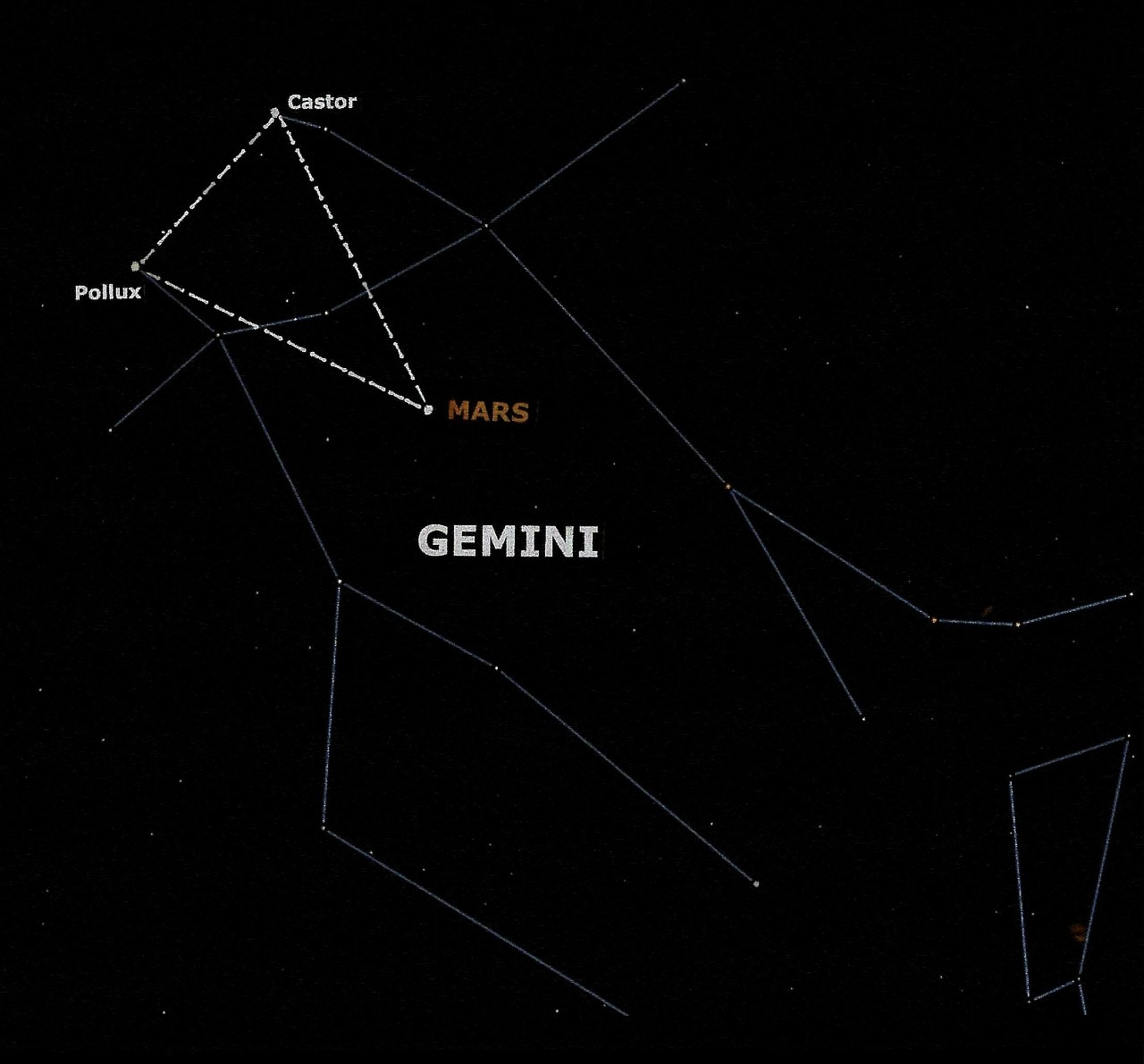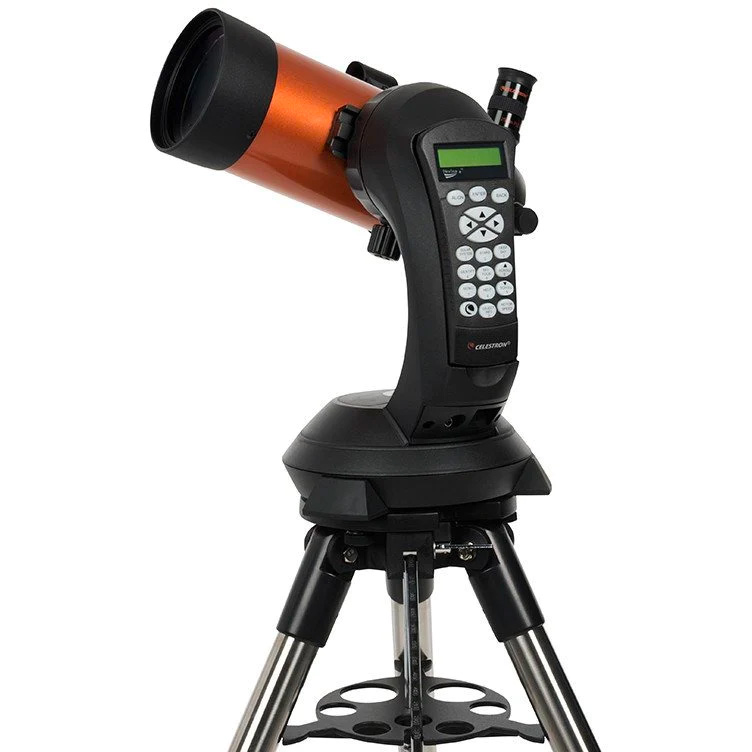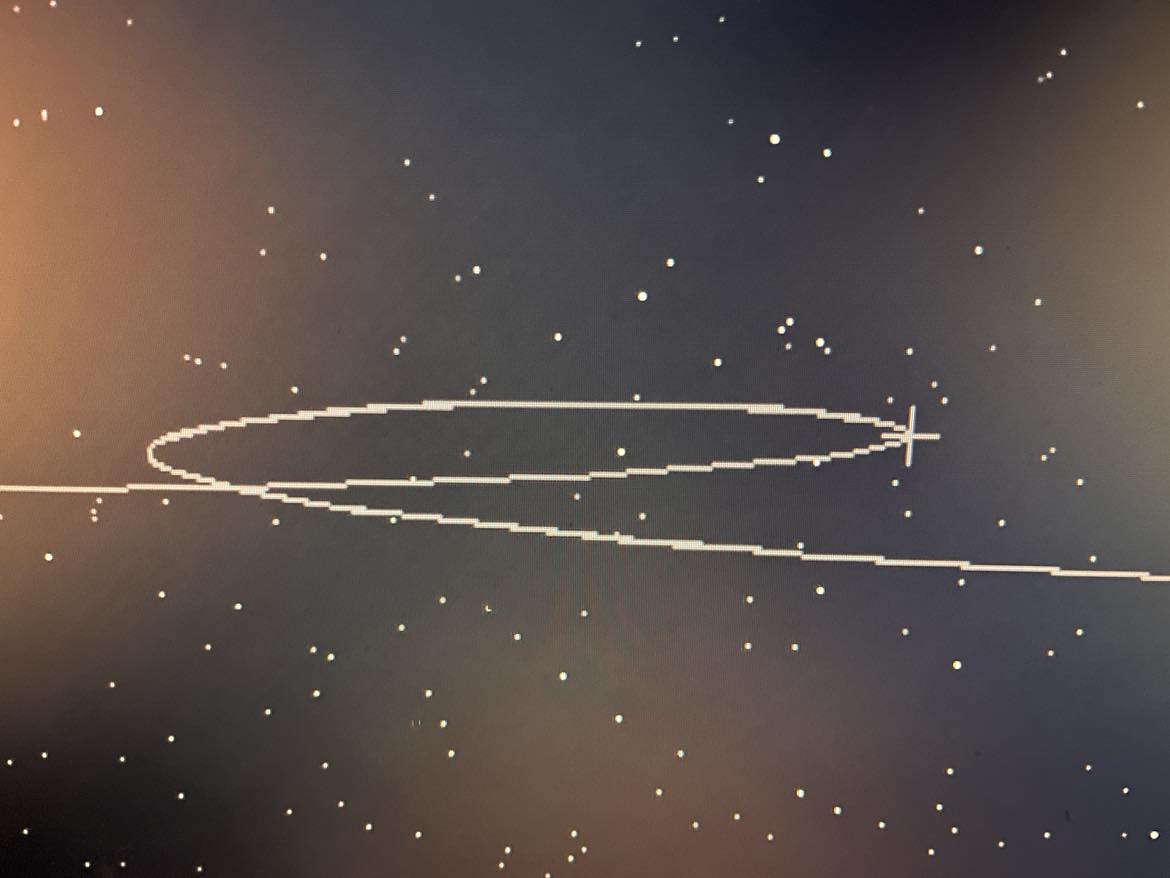
We're now just past the midpoint of astronomical winter — that moment marking the midway point between December's winter solstice and March's vernal equinox. That moment took place at 4:11 p.m. Eastern Time on Feb. 3. And as darkness falls this week, we have what many refer to as the "Winter Triangle" dominating the southeast sky.
This large, nearly equilateral triangle is composed of three of the brightest stars in the sky, each belonging to its own constellation. The brightest is the bluish-white star Sirius (magnitude -1.45), in Canis Major the Big Dog; the brightest of all naked-eye stars. Next in brightness is yellow-white Procyon (magnitude +0.37) in Canis Minor, the Little Dog. The name Procyon is derived from the Ancient Greek, meaning "before the dog", since it precedes the "Dog Star" Sirius as it travels across the sky due to the rotation of our Earth. From mid-northern latitudes, Procyon rises above the east-northeast horizon about 25 minutes before the more dazzling Sirius emerges above the east-southeast horizon. Finally, there is ruddy Betelgeuse (magnitude +0.48), in Orion the Hunter, a star well-known for its irregular variability in brightness. These stars appear in that order, as the twilight sky grows dark. This stellar trio is crossing the meridian at around 9 p.m. If you wait until around 2 a.m., the Triangle will have begun setting in the west-southwest.
Usually, this is the most prominent triangular star pattern of the winter sky. But this year there is an exception.
Temporary triangle
Also in our current evening sky, there is a much smaller triangle configuration, although it is only temporary since one of the three points on the triangle is marked not by a star, but a planet. Facing due east this week at around 6:30 p.m. local time, we can see an almost perfect isosceles triangle formed by the bright stars marking the heads of Gemini the Twins, Pollux and Castor and the brilliant planet Mars.
Since Mars is the brightest of the three points, I suggest we call it "The Mars Triangle."

The brilliant yellow-orange light of Mars (magnitude –0.6) at the vertex. The orange-hued star Pollux (magnitude +1.15) and nearby white star Castor (magnitude +1.58) form the base of the inverted Triangle. The Pollux-Mars and Castor-Mars sides of the Triangle measure about 7 degrees in length, while the Pollux-Castor side is about 4.5 degrees long. For a reference, keep in mind that your clenched fist held at arm's length measures roughly 10 degrees in width.
Shape in flux
But unlike the Winter Triangle, which is composed of fixed stars, the Mars Triangle will be in a constant state of flux in the coming weeks because Mars' will be slowly shifting its position against the background stars.
Get the Space.com Newsletter
Breaking space news, the latest updates on rocket launches, skywatching events and more!
Since Dec. 7, Mars has been undergoing a retrograde (backward) motion and has shifted westward against the star background. On that night, Mars was well to the east of the Twins, in the adjacent zodiacal constellation of Cancer the Crab; only a couple of degrees from the famous Beehive star cluster. Since that night, Mars has been tracing a path westward against the star background.

Want to see the stars of Gemini or Mars up close in the night sky? The Celestron NexStar 4SE is ideal for beginners wanting quality, reliable and quick views of celestial objects. For a more in-depth look, see our Celestron NexStar 4SE review.
On Jan. 12, Mars crossed over into the boundaries of Gemini and on Jan. 16, it formed an almost perfect straight line with Pollux and Castor. Continuing westward, Mars formed a different type of isosceles triangle with Pollux and Castor on Feb. 2, with Pollux marking the vertex and Mars and Castor forming the base.
Now, we have a "more-slender" looking triangle formed by this trio, and it won't seem to change very much during the next couple of weeks.
And there's a good reason for that. On Feb. 24, Mars will arrive at its second stationary point in its retrograde loop and will begin turning around and progress back on a more normal, eastward course against the background stars. As a result, the Mars Triangle will become altered again, resembling a more of a right triangle configuration on March 10, with the hypotenuse formed by Mars and Castor and the right angle at Pollux. Thereafter, the appearance of a triangle will become increasingly distorted until finally on April 9, Mars, Pollux and Castor will again appear in a straight line.
And brightness too!
And take note that as Mars is currently receding from Earth, and consequently will become dimmer in the coming days and weeks. Currently it is 70 million miles (113 million km) from Earth and shines at magnitude -0.6; that would rank it as third in brightness among the stars, only behind Sirius and Canopus.
But by April 9, Mars will have receded to a distance of 113 million miles (182 million km) from Earth and will have dimmed down to magnitude +0.6. That's still respectively bright, ranking it among the top 10 brightest stars, but it will appear to shine with only one-third the radiance that it does now.
Read more: Night sky for tonight: Visible planets, stars and more in this evening's sky
Backward motion explained
For the most part, the planets move eastward through the constellations. This is called direct motion, for it is in this direction that they revolve around the sun. Sometimes, however — and this is what is currently happening in the case of Mars — a planet will appear to turn and move backward, toward the west; they retrograde for a while before resuming their normal eastward motion. They are said to be stationary at the turns (which is where Mars will be on Feb. 24). And so, the planets appear to march across the sky in a series of loops. These loops mystified the ancient astronomers such as Claudius Ptolemy (85-165 AD), but today can be easily explained and understood.
It was not until the year 1543 when the great Polish astronomer, Nicolaus Copernicus (1473-1543) published his lifelong work "De revolutionibus orbium coelestium" (On the revolutions of the heavenly spheres) that the secret of the odd retrograde loops was finally revealed. By demoting the Earth from its hallowed position at the center of the solar system and replacing it with the sun, he was able to triumphantly explain the riddle of the apparent "backwards motion effect" of the planets.
In fact, it's the same effect obtained when passing another car on the highway: both cars are going in the same direction, but one is moving more slowly. As they pass, the slower car will appear to be moving backward in relation to the faster one. Copernicus simply applied the same effect to the planets out in space. In the current situation, both Earth and Mars are moving in the same direction around the sun, but the slower one — Mars — appears to move backwards compared to the faster one, Earth.

This backward motion began to manifest itself after Mars arrived at its first stationary point on Dec. 7. Mars will then begin to loop back toward the west. Earth overtook Mars on Jan. 15.
Finally, on Feb. 24, the combined movements of Earth and Mars will cancel-out the apparent backward motion, with Mars reaching a second stationary point. From then on, Mars will loop back to the east, resuming its normal eastward path among the stars.
So, enjoy the Mars Triangle while it still lasts, for after mid-March it will be no more.
Want to see stars like Castor and Pollux, or take a good look at Mars? Our guides at the best telescopes and best binoculars are a helpful tool for getting a close-up look at the night sky. And if you're looking to take photos of the night sky, check out our guides to the best cameras for astrophotography and best lenses for astrophotography.
Joe Rao serves as an instructor and guest lecturer at New York's Hayden Planetarium. He writes about astronomy for Natural History magazine, the Farmers' Almanac and other publications.
Join our Space Forums to keep talking space on the latest missions, night sky and more! And if you have a news tip, correction or comment, let us know at: community@space.com.

Joe Rao is Space.com's skywatching columnist, as well as a veteran meteorologist and eclipse chaser who also serves as an instructor and guest lecturer at New York's Hayden Planetarium. He writes about astronomy for Natural History magazine, Sky & Telescope and other publications. Joe is an 8-time Emmy-nominated meteorologist who served the Putnam Valley region of New York for over 21 years. You can find him on Twitter and YouTube tracking lunar and solar eclipses, meteor showers and more. To find out Joe's latest project, visit him on Twitter.
